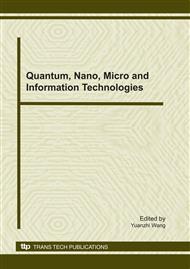p.504
p.510
p.517
p.523
p.529
p.535
p.540
p.545
p.550
On Reverse Control Strategy and Anti-Wind Disturbance Analysis of Automotive EPS System
Abstract:
Under the special situation of lateral wind disturbance, the lateral direction was resulted from the conventional obverse control strategy and influenced the vehicle stability. The 2-DOF full-vehicle model with the lateral wind disturbance and EPS dynamic model were designed. Reverse control strategy was designed where the EPS motor provided active steering control to prevent vehicle deflection with the input signal of steering torque under the lateral wind disturbance. In the EPS working process, the reverse control strategy and obverse control strategy were switched according to the drive situation to obtain the best vehicle stability. Anti-disturbance simulation was executed and the results shown that the yaw rate, the slideslip angle, the lateral acceleration and the lateral displacement have been weakened, and the vehicle stability is enhanced. The design of reverse control strategy has engineering significance to the overall design, function enhancement and optimization and steering manipulation and safety improvement.
Info:
Periodical:
Pages:
529-534
Citation:
Online since:
November 2010
Authors:
Price:
Сopyright:
© 2011 Trans Tech Publications Ltd. All Rights Reserved
Share:
Citation:


